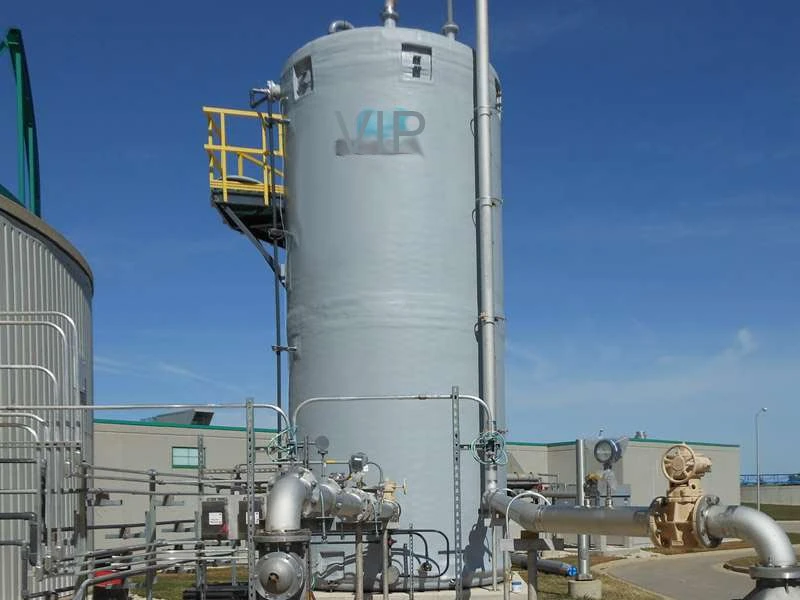
-
 Afrikaans
Afrikaans -
 Albanian
Albanian -
 Amharic
Amharic -
 Arabic
Arabic -
 Armenian
Armenian -
 Azerbaijani
Azerbaijani -
 Basque
Basque -
 Belarusian
Belarusian -
 Bengali
Bengali -
 Bosnian
Bosnian -
 Bulgarian
Bulgarian -
 Catalan
Catalan -
 Cebuano
Cebuano -
 China
China -
 China (Taiwan)
China (Taiwan) -
 Corsican
Corsican -
 Croatian
Croatian -
 Czech
Czech -
 Danish
Danish -
 Dutch
Dutch -
 English
English -
 Esperanto
Esperanto -
 Estonian
Estonian -
 Finnish
Finnish -
 French
French -
 Frisian
Frisian -
 Galician
Galician -
 Georgian
Georgian -
 German
German -
 Greek
Greek -
 Gujarati
Gujarati -
 Haitian Creole
Haitian Creole -
 hausa
hausa -
 hawaiian
hawaiian -
 Hebrew
Hebrew -
 Hindi
Hindi -
 Miao
Miao -
 Hungarian
Hungarian -
 Icelandic
Icelandic -
 igbo
igbo -
 Indonesian
Indonesian -
 irish
irish -
 Italian
Italian -
 Japanese
Japanese -
 Javanese
Javanese -
 Kannada
Kannada -
 kazakh
kazakh -
 Khmer
Khmer -
 Rwandese
Rwandese -
 Korean
Korean -
 Kurdish
Kurdish -
 Kyrgyz
Kyrgyz -
 Lao
Lao -
 Latin
Latin -
 Latvian
Latvian -
 Lithuanian
Lithuanian -
 Luxembourgish
Luxembourgish -
 Macedonian
Macedonian -
 Malgashi
Malgashi -
 Malay
Malay -
 Malayalam
Malayalam -
 Maltese
Maltese -
 Maori
Maori -
 Marathi
Marathi -
 Mongolian
Mongolian -
 Myanmar
Myanmar -
 Nepali
Nepali -
 Norwegian
Norwegian -
 Norwegian
Norwegian -
 Occitan
Occitan -
 Pashto
Pashto -
 Persian
Persian -
 Polish
Polish -
 Portuguese
Portuguese -
 Punjabi
Punjabi -
 Romanian
Romanian -
 Russian
Russian -
 Samoan
Samoan -
 Scottish Gaelic
Scottish Gaelic -
 Serbian
Serbian -
 Sesotho
Sesotho -
 Shona
Shona -
 Sindhi
Sindhi -
 Sinhala
Sinhala -
 Slovak
Slovak -
 Slovenian
Slovenian -
 Somali
Somali -
 Spanish
Spanish -
 Sundanese
Sundanese -
 Swahili
Swahili -
 Swedish
Swedish -
 Tagalog
Tagalog -
 Tajik
Tajik -
 Tamil
Tamil -
 Tatar
Tatar -
 Telugu
Telugu -
 Thai
Thai -
 Turkish
Turkish -
 Turkmen
Turkmen -
 Ukrainian
Ukrainian -
 Urdu
Urdu -
 Uighur
Uighur -
 Uzbek
Uzbek -
 Vietnamese
Vietnamese -
 Welsh
Welsh -
 Bantu
Bantu -
 Yiddish
Yiddish -
 Yoruba
Yoruba -
 Zulu
Zulu
fiberglass ducts demonstrate exceptional resistance against ...
The Exceptional Resistance of Fiberglass Ducts A Modern Solution for HVAC Systems
In the realm of heating, ventilation, and air conditioning (HVAC) systems, the choice of materials plays a pivotal role in efficiency, durability, and maintenance. Among various materials available, fiberglass ducts stand out due to their exceptional resistance against a multitude of environmental challenges, making them an optimal choice for both residential and commercial applications.
Fiberglass ducts are constructed from a composite material that combines glass fibers with resin. This unique composition not only results in a lightweight yet sturdy structure but also imbues the ducts with remarkable resistance to corrosion, fire, and thermal fluctuations. As buildings become more intricate and climate conditions grow more unpredictable, the properties of fiberglass make it particularly advantageous.
One of the primary advantages of fiberglass ducts is their resistance to corrosion. Traditional metal ducts are often susceptible to rust and deterioration, especially in humid or moist environments. This issue is exacerbated when condensation occurs, leading to further damage. In contrast, fiberglass does not corrode, allowing for longevity and reduced maintenance costs. This characteristic makes fiberglass ducts ideal for applications in industries such as food processing, pharmaceuticals, and chemical manufacturing, where moisture control and contamination prevention are critical.
Additionally, fiberglass ducts exhibit superior fire resistance. They are manufactured with materials that self-extinguish when exposed to flames, significantly enhancing the safety of the environments in which they are installed. This fire resistance is particularly important in commercial buildings, where large numbers of people are present, and strict safety regulations must be adhered to. The inherent flame-retardant properties of fiberglass not only protect the infrastructure but also contribute to the overall safety of occupants.
fiberglass ducts demonstrate exceptional resistance against ...

Thermal insulation is another key feature that sets fiberglass ducts apart from their metal counterparts. Fiberglass possesses excellent insulating properties, reducing heat loss or gain within the duct system. This translates to enhanced energy efficiency and cost savings for building owners. Properly insulated ducts can help maintain consistent temperatures, ensuring that HVAC systems operate more effectively and reducing the burden on heating and cooling equipment. In a world increasingly focused on energy conservation, the thermal efficiency provided by fiberglass materials aligns perfectly with sustainable building practices.
Moreover, the lightweight nature of fiberglass ducts facilitates easier handling and installation. Their reduced weight not only simplifies transport but also minimizes structural strain on buildings. After installation, the smooth interior surfaces of fiberglass ducts help to enhance airflow by reducing friction, thereby improving the overall efficiency of the HVAC system.
Murphy’s Law suggests that anything that can go wrong will go wrong, and while this adage may hold truth, the use of fiberglass ducts can significantly mitigate potential problems. Their resistance to a myriad of damaging factors—from moisture and corrosion to fire—offers peace of mind for HVAC professionals and building owners alike.
In conclusion, fiberglass ducts are redefining standards in HVAC applications through their exceptional resistance to harsh conditions. With benefits ranging from corrosion and fire resistance to thermal efficiency and lightweight design, they present a robust solution that meets the demands of modern architecture. As industries continue to evolve and prioritize sustainability, the advantages of fiberglass duct systems are likely to become increasingly acknowledged and adopted. For those seeking durability and reliability in their HVAC systems, fiberglass ducts present a forward-thinking choice that stands the test of time.
Latest news
-
Exploring the Benefits of Top Hammer Drifter Rods for Enhanced Drilling PerformanceNewsJun.10,2025
-
High-Precision Fiberglass Winding Machine for GRP/FRP Pipe Production – Reliable & Efficient SolutionsNewsJun.10,2025
-
FRP Pipes & Fittings for Shipbuilding - Corrosion-Resistant & LightweightNewsJun.09,2025
-
Premium FRP Flooring Solutions Durable & Slip-ResistantNewsJun.09,2025
-
Premium Fiberglass Rectangular Tanks Durable & Lightweight SolutionNewsJun.09,2025
-
Tapered Drill String Design Guide Durable Performance & UsesNewsJun.09,2025









